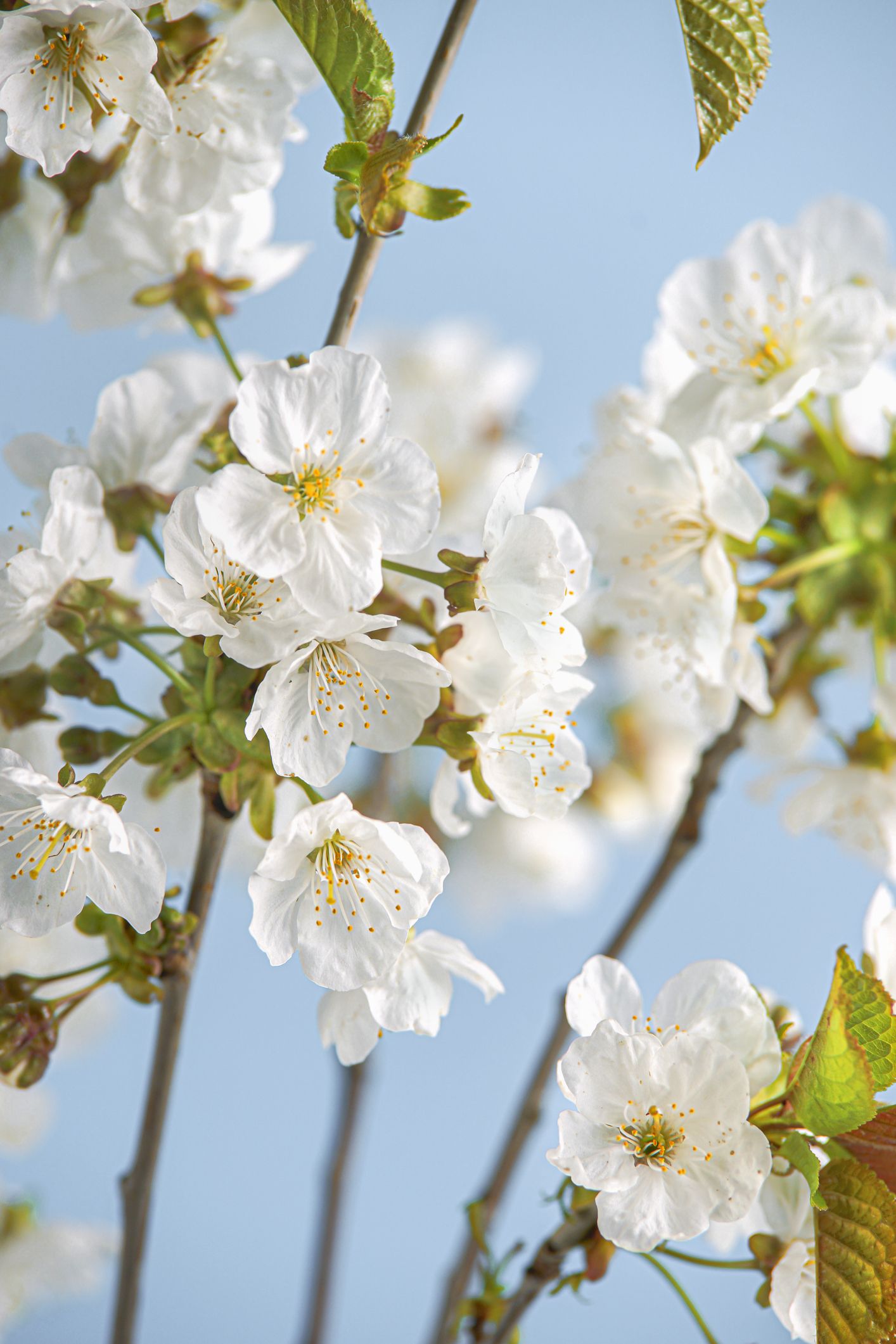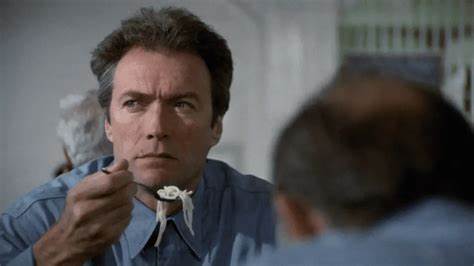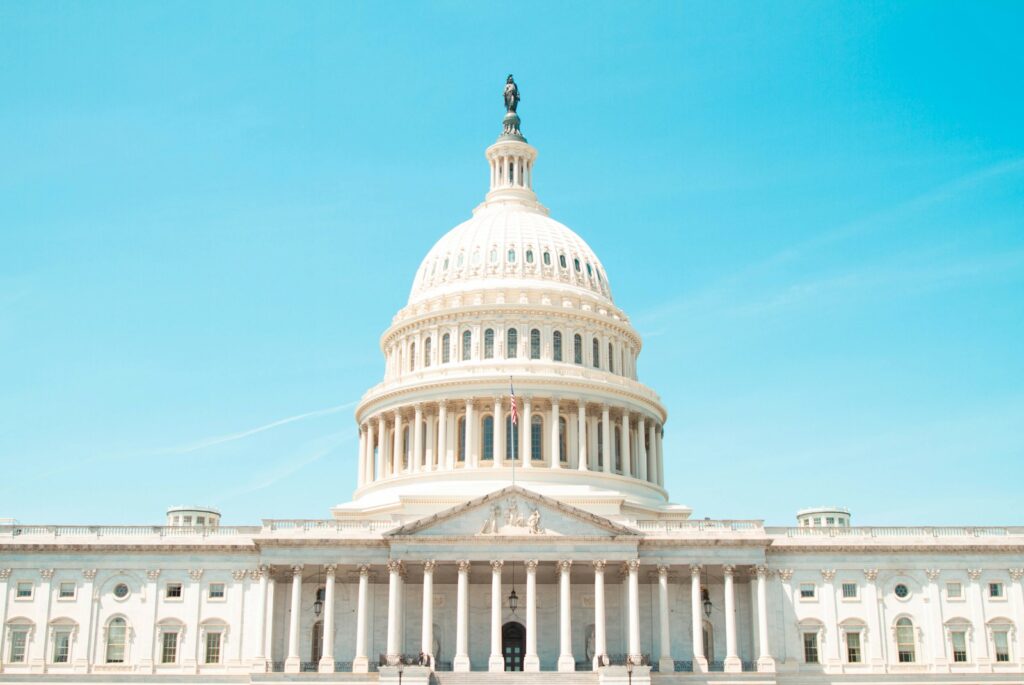
The White House. It’s more than just a grand building with Ionic columns and a pristine lawn; it’s a living symbol of American democracy, a stage for world leaders, and a residence steeped in history. Millions visit the grounds each year, eager to catch a glimpse of where monumental decisions are made. Yet, what most people see is only a fraction of what lies within and beneath its hallowed walls.
Indeed, beneath its recognizable facade and behind the velvet ropes of public tours, there exists a world of hidden wonders. From clandestine command centers to priceless artistic masterpieces, and from rediscovered historical artifacts to unique diplomatic gifts, the White House holds countless secrets. These are not just dusty relics; they are vital parts of its operation, its storied past, and its continuous evolution, often unseen by even the most avid history buffs.
Join us on an exclusive journey into the White House’s most elusive corners. We’re about to pull back the curtain on 8 of the most valuable items that remain hidden from public view, offering a rare peek into the treasures that tell the deeper story of America’s executive mansion. Get ready to discover the fascinating, the functional, and the truly irreplaceable elements that make the White House an unending source of intrigue and wonder.
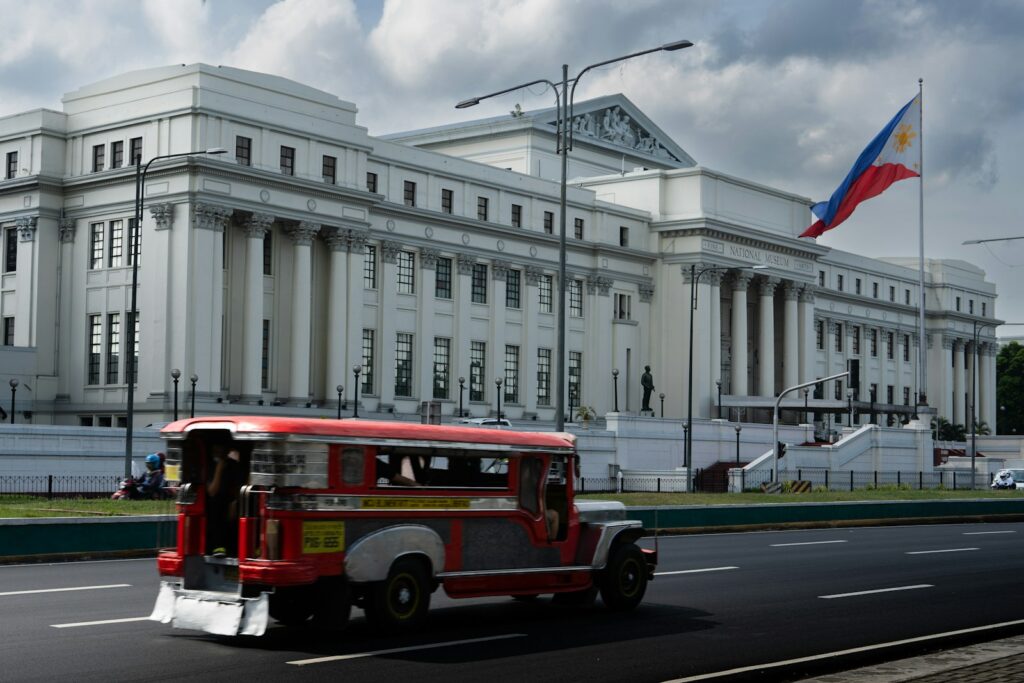
1. **The Presidential Emergency Operations Center (PEOC)**Deep beneath the East Wing of the White House lies an area known as the Presidential Emergency Operations Center, or PEOC. It’s arguably the most famous and certainly one of the most vital hidden features of the entire complex. Originally constructed during the tumultuous days of World War II, its primary purpose was to provide a secure refuge for President Franklin D. Roosevelt in the unimaginable event of an aerial attack on Washington, D.C.
While its existence was long a subject of speculation, the PEOC gained widespread public attention during the harrowing events of September 11, 2001. On that tragic day, a number of key government personnel were swiftly evacuated from their White House offices and taken to the PEOC. This swift action underscored its critical role as a last line of defense for the nation’s leadership during times of extreme crisis.
Following the 9/11 attacks, the PEOC underwent extensive renovations, transforming it into a far more sophisticated control center than its original wartime design. While the full extent of its advanced capabilities remains, understandably, a closely guarded secret, we do know it is equipped with cutting-edge communications facilities. These include televisions, phones, and everything necessary for managing emergency situations of national and international significance.
This isn’t just a bunker; it’s a fully operational command hub designed for continuity of government. Its inaccessibility to the general public highlights its strategic importance, ensuring that the wheels of governance can continue to turn even in the direst circumstances. The PEOC stands as a silent, powerful guardian, a testament to the foresight and resilience embedded within the very foundations of the White House.

2. **Secret Tunnels and High-Tech Command Centers**The PEOC is but one facet of a surprising subterranean world that few will ever see. Beneath the pristine North Lawn and the iconic columns, the White House boasts an extensive network of infrastructure hidden from public view. This includes not just the famed emergency center but also a labyrinth of secret tunnels and other high-tech command centers that are integral to its operations and security.
These unseen passages and facilities offer a glimpse into the intricate security apparatus that protects the President and the functioning of the government. While their exact layouts and purposes are shrouded in secrecy, the very mention of ‘secret tunnels’ sparks the imagination. One can only ponder the historical figures who might have traversed these hidden pathways, and the clandestine activities they might have facilitated over the centuries.
Beyond mere tunnels, the context also alludes to other ‘high-tech command centers.’ These are sophisticated hubs, far more advanced than simple bunkers, designed to monitor and respond to a multitude of threats. They represent the cutting edge of national security, ensuring constant vigilance and rapid communication across various government agencies.
This network of hidden infrastructure provides an eclectic array of services, crucial for the functioning and protection of the presidency. It highlights that the White House is not just an edifice but a complex, interconnected system, with vital elements deliberately kept out of sight. The existence of these secret spaces adds a palpable layer of mystery and strategic depth to America’s most famous residence.

3. **The Resolute Desk**Ah, the Resolute Desk! While it might seem like a permanent fixture of the Oval Office, accessible to the world through countless photographs and broadcasts, its journey to this iconic spot, and its discovery within the White House, makes it a truly valuable and historically “hidden” item from the public tour. This intricately carved, 1,300-pound wooden desk is no ordinary piece of furniture.
Its origins are as captivating as its current residence. The desk was a magnificent gift from Queen Victoria to President Rutherford B. Hayes in 1880. It was crafted from the oak timbers of the HMS Resolute, an Arctic exploration vessel that held its own tale of adventure and international goodwill. Its arrival marked a unique moment of transatlantic diplomacy and shared heritage.
Interestingly, this treasured piece wasn’t always a central feature. Jacqueline Kennedy, during her transformative restoration of the White House, literally dug into the building’s hidden corners to unearth its past. She discovered the Resolute Desk in an unexpected place: a broadcast room, tucked away from public view. Her keen eye and dedication brought this historical gem back into the spotlight.
Upon its rediscovery, Kennedy wisely placed the desk in the Oval Office. It has proudly remained there for many presidential administrations since, serving as a silent witness to countless moments of leadership and decision-making. Though the Oval Office itself is off-limits to tourists, the desk’s recent temporary removal for refinishing underscores its continuous use and immense historical value within the White House’s working spaces.
Read more about: Architectural Grandeur: An Exclusive Tour Through 15 Aspirational Celebrity Homes
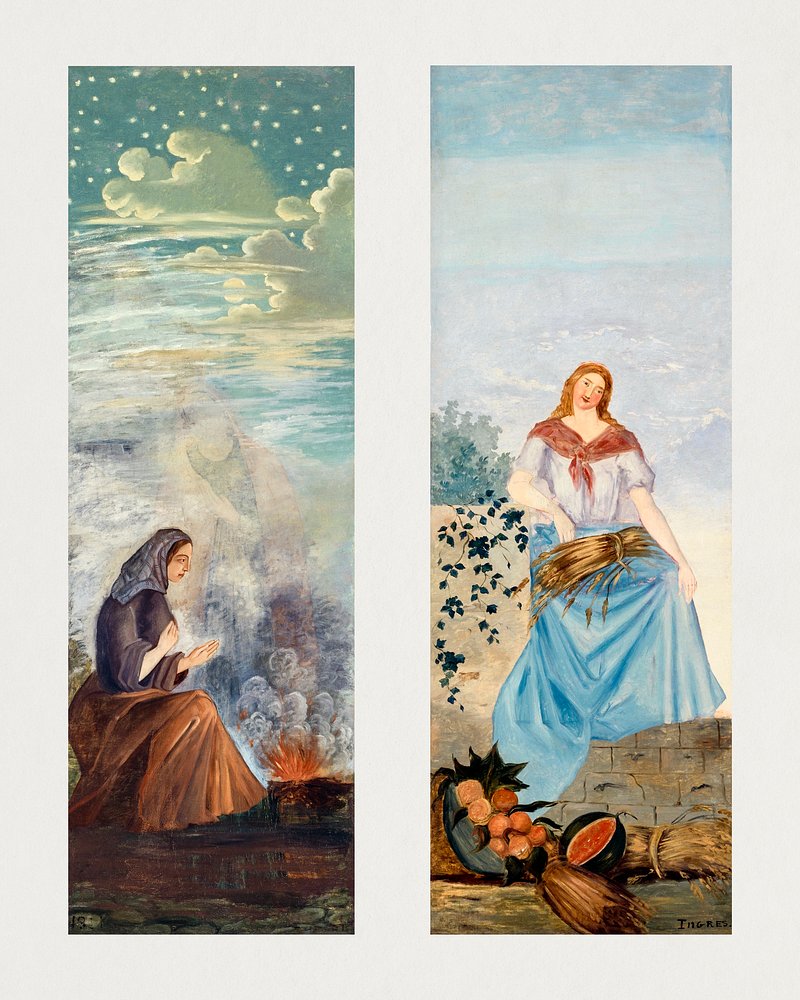
4. **Four Cézanne Paintings**Jacqueline Kennedy’s commitment to transforming the White House into a showcase for American presidential history extended far beyond furniture and decorative arts. Her meticulous research led to the retrieval of genuinely priceless works of art, including four Cézanne paintings, that were then brought into the White House. These magnificent pieces are a testament to her vision of elevating the residence’s cultural standing.
Through her extensive study of books and periodicals detailing White House history, Kennedy uncovered a fascinating detail: these Cézanne paintings were originally intended for the executive mansion. They had, however, somehow ended up housed in the National Gallery of Art. It took her scholarly dedication to correct this historical oversight and return them to their rightful, though private, home.
Bringing these works of such immense artistic and monetary value into the White House collection greatly enriched its cultural holdings. These paintings are undoubtedly kept in areas not accessible to the general public, fulfilling their role as esteemed decorative art within the presidential residence. Their presence signifies a deep appreciation for culture and history at the highest levels of government.
Their journey from the National Gallery back to the White House underscores the idea that the residence is not just a political hub, but also a repository of national treasures. These Cézanne paintings, now adorning the walls of a place largely unseen by tourists, serve as a quiet, powerful reminder of the artistic heritage woven into the fabric of American leadership.
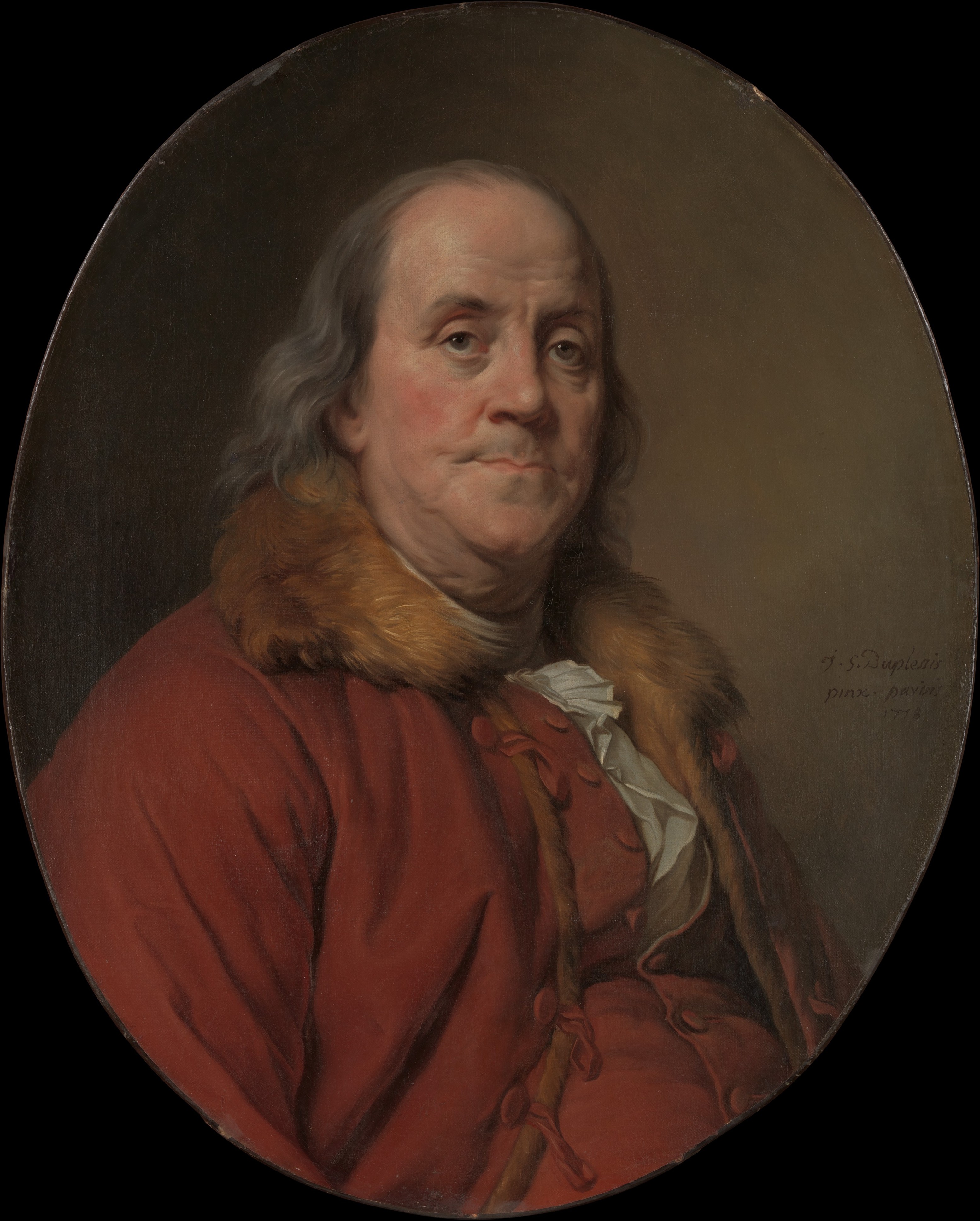
5. **Benjamin Franklin Portrait**Among the many artistic treasures brought into the White House during Jacqueline Kennedy’s tenure was a truly valuable portrait of Benjamin Franklin. This significant artwork wasn’t just found; it was actively sought out and acquired through a dedicated effort to enhance the White House’s historical and artistic collections. Its financial value, noted at $250,000 for its purchase, speaks volumes about its quality and importance.
Kennedy’s charm and persuasive power were instrumental in securing this particular masterpiece. She personally approached Walter Annenberg, who at the time owned the valuable portrait. Her appeal, famously asking if “a great Philadelphia citizen would give the White House a portrait of another great Philadelphia citizen,” proved irresistible, leading to Annenberg’s generous donation.
This portrait of a foundational American figure became a significant addition to the White House’s artistic ensemble. It now resides within the presidential residence, part of its extensive collection of artifacts and artworks that are typically kept from public view. Its presence helps to connect the current administration with the profound legacy of the nation’s founders.
The acquisition of the Benjamin Franklin portrait perfectly encapsulates Kennedy’s overarching goal: to make the White House the foremost house in the land, not just politically, but culturally and historically. It stands as a valuable, hidden gem, contributing silently to the ambiance and historical depth of the President’s House, far from the prying eyes of tourists.
Read more about: 12 Simple Daily Rituals of 12 Famous Figures from the Renaissance: Lessons for Lifelong Success
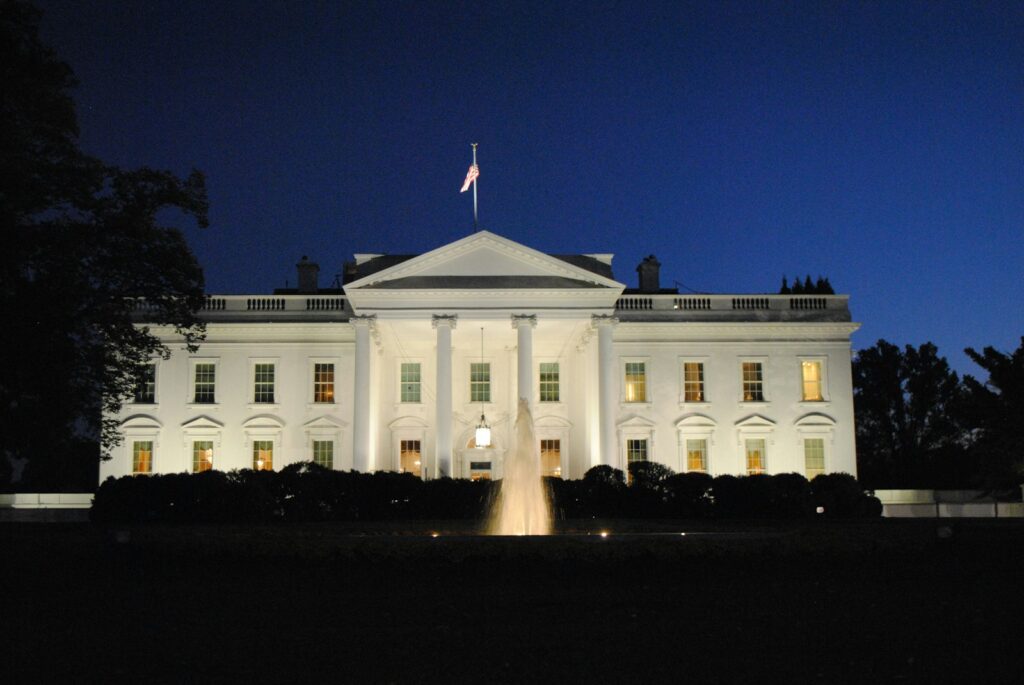
6. **French Flatware from James Monroe’s Era**Jacqueline Kennedy’s meticulous search for artifacts wasn’t limited to grand paintings or iconic desks; she was determined to uncover every piece of the White House’s domestic history. One fascinating discovery involved French flatware dating back to James Monroe’s presidency. These items, representing the everyday life of past first families, were literally unearthed from within the White House’s storage.
Kennedy’s dedication to the restoration project was truly hands-on. She was willing to delve into every nook and cranny, from storage rooms to even bathrooms, to find forgotten treasures. This personal commitment led to the discovery of items like the French flatware, which had long been relegated to obscurity within the building itself, unseen for generations.
These pieces of flatware offer a unique, intimate glimpse into the social customs and material culture of a bygone era in presidential history. They represent a tangible link to one of America’s early presidents, adding a layer of authenticity to the White House’s historical narrative. Their value lies not just in their age, but in the stories they silently tell about life in the executive mansion during the 19th century.
Today, these historical utensils are part of the White House’s private collection, undoubtedly used for state dinners or kept in curated displays, far from public tours. Their journey from hidden storage to honored artifact highlights the continuous effort to preserve and appreciate the domestic, as well as the grand, history of the President’s House.
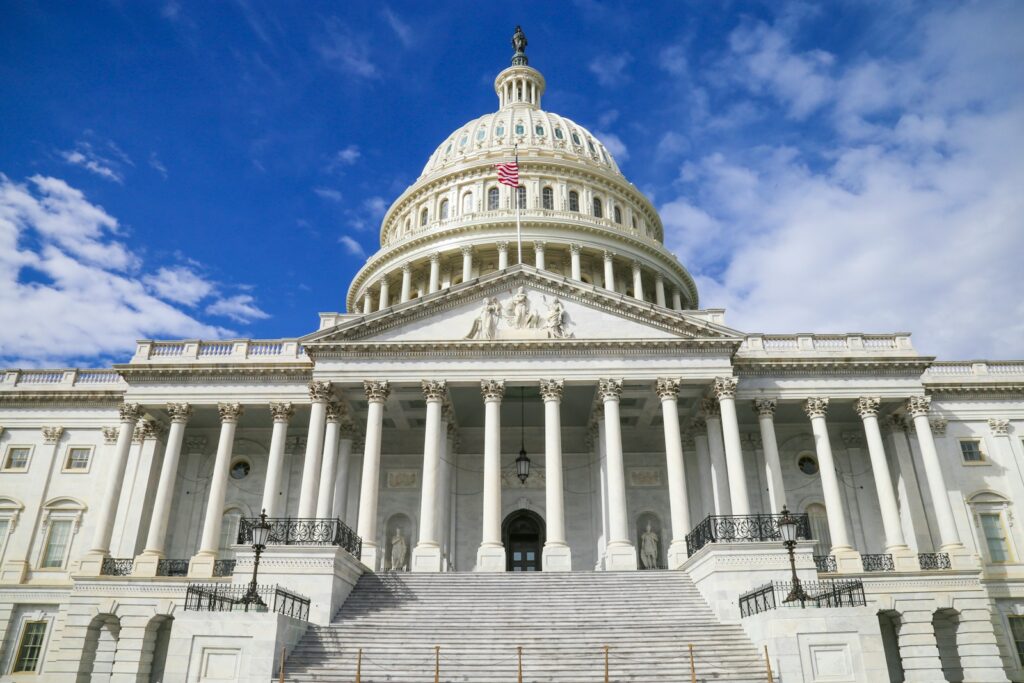
7. **Century-Old Busts**Perhaps one of the most unexpected and charming discoveries made during Jacqueline Kennedy’s restoration efforts was a collection of “century-old busts.” The sheer surprise of their location elevates them to a truly hidden White House treasure. These venerable sculptures were found in an utterly prosaic setting: a downstairs men’s room.
Imagine the scene: priceless historical art casually tucked away in such an unglamorous spot! This peculiar placement underscores how easily valuable historical items can be forgotten or misplaced within a building as large and as constantly changing as the White House. Kennedy’s thoroughness ensured these treasures wouldn’t remain hidden forever.
The discovery of these busts speaks volumes about the continuous evolution of the White House over time. Items move, are stored, and sometimes simply disappear into the background, only to be rediscovered years later. Their recovery brought them back into the fold of the White House’s historical collection, where their artistic and historical merit could once again be appreciated.
These century-old busts, now properly accessioned and cared for, stand as a testament to the hidden layers of history waiting to be unearthed within the White House. They remind us that the residence holds countless untold stories, with valuable artifacts often residing in the most unexpected places, unseen by the general public but crucial to the building’s enduring legacy.
Beyond the clandestine command centers and the meticulously restored treasures that grace the private quarters, the White House continues to surprise us with its enduring legacy of concealed wonders. Our journey into the unseen depths of America’s executive mansion reveals yet more incredible artifacts and stories, from significant presidential gifts that shaped diplomacy to fundamental architectural elements that once formed the very bones of the building itself. These items, each with its own captivating tale, further illustrate the profound history embedded within every corner of this iconic residence, items that tourists, by design, will never encounter firsthand.
8. **Gavels Made from Original White House Wood**Now, for something that truly comes *from* the White House, quite literally! During President Harry Truman’s massive 1948-1952 renovation, the entire interior structure of the White House was gutted and rebuilt. This unprecedented undertaking created an unexpected treasure trove of historical artifacts: pieces of the original building materials. To satisfy public demand, a special Souvenir Office was set up, offering “Memento Kits.”
One of the most popular of these kits was “Kit #1 – enough old pine to make a gavel.” Over 5,000 of these kits were distributed, allowing ordinary citizens and organizations to craft tangible pieces of White House history. Imagine holding a gavel, perhaps used in a fraternal lodge or club meeting, knowing the wood once stood silently witness to centuries of presidential history.
These gavels weren’t just simple souvenirs; some were masterpieces of woodworking. White House Architect Lorenzo S. Winslow, for instance, made gavels as a hobby, using early mahogany from the famous East Room windows. Reverend Howard D. Bare, the “Whittling Preacher,” even carved likenesses of Presidents Lincoln and Buchanan onto the handle of his gavel kit, creating a truly unique artistic piece.
These items exemplify how fundamental architectural elements, once hidden within the walls, were transformed into cherished historical treasures now dispersed across the country. Each gavel, whether simple or elaborately crafted, embodies a direct, tactile connection to the White House’s physical past, far from the public tours but deeply woven into American personal and institutional collections.
As we conclude our unprecedented peek behind the velvet ropes, it’s clear that the White House is so much more than its recognizable facade. It is a living, breathing archive of American history, a repository of functional necessities, artistic masterpieces, and everyday relics, all meticulously preserved yet largely unseen by the millions who marvel at its exterior. These 8 hidden treasures, from wartime bunkers to diplomatic gifts and the very bricks of its foundation, reveal the layers of legacy, resilience, and quiet wonder that truly make the White House the nation’s most extraordinary, and often mysterious, home. Its secrets are its strength, its history its heart, continuing to intrigue and inspire all who contemplate its enduring significance.

